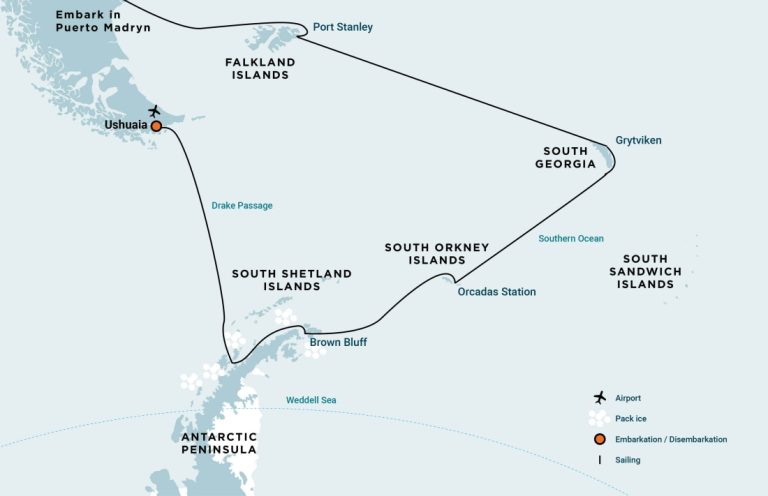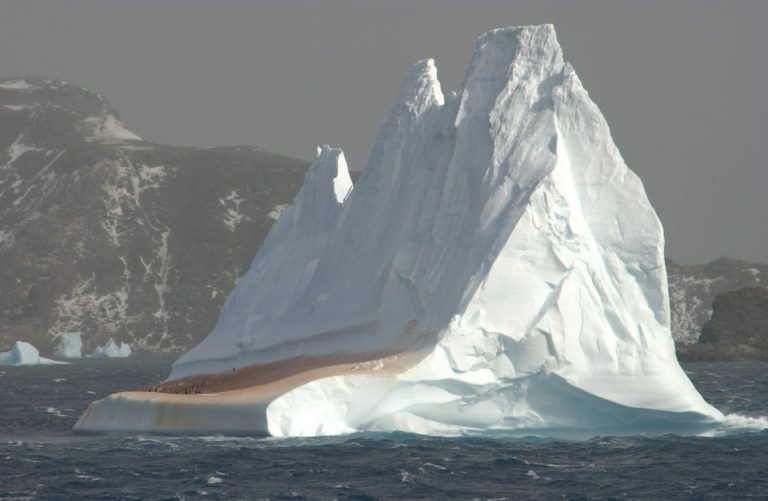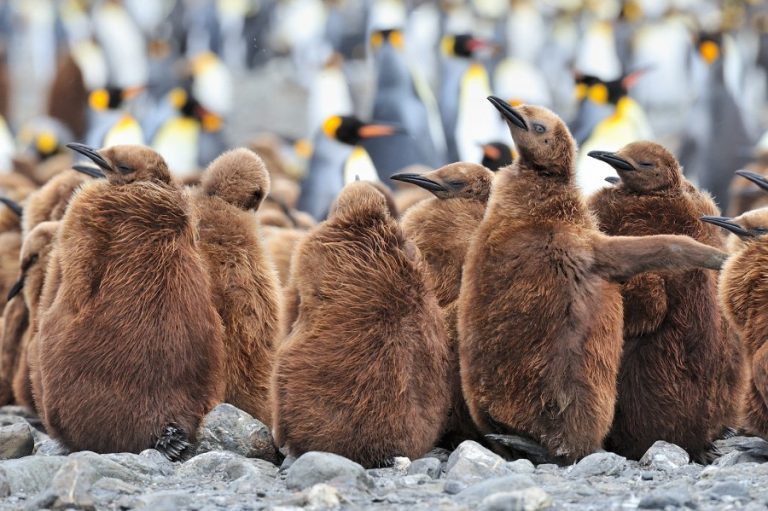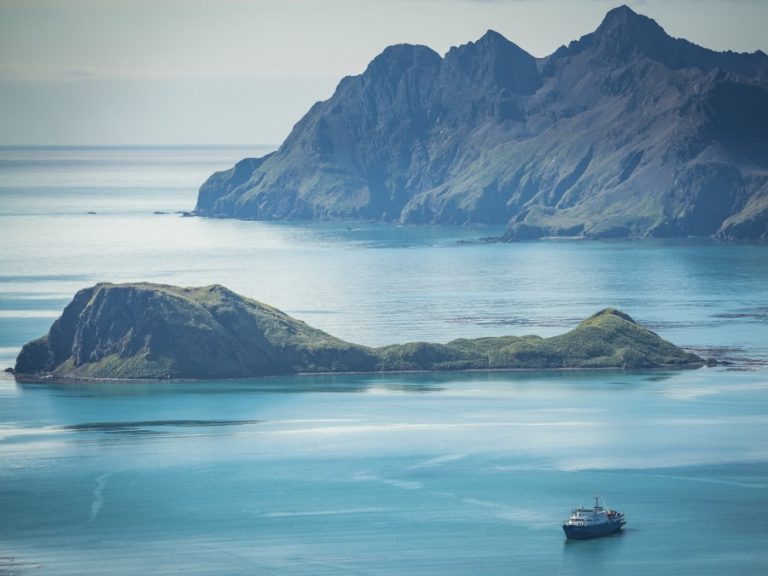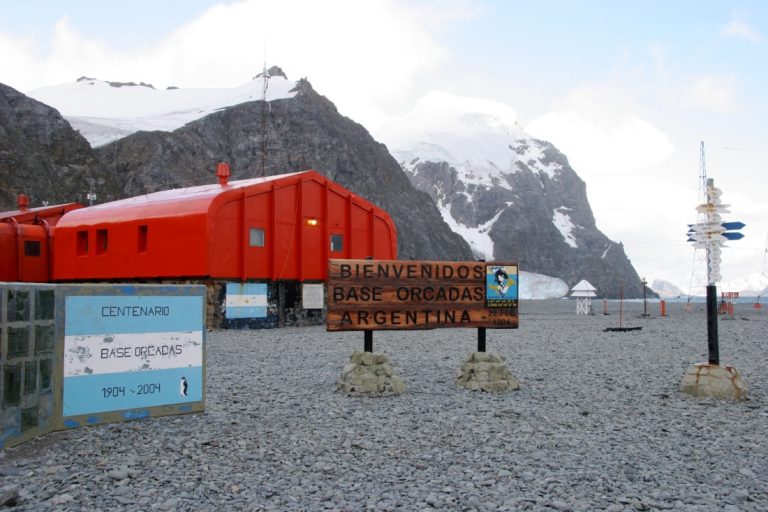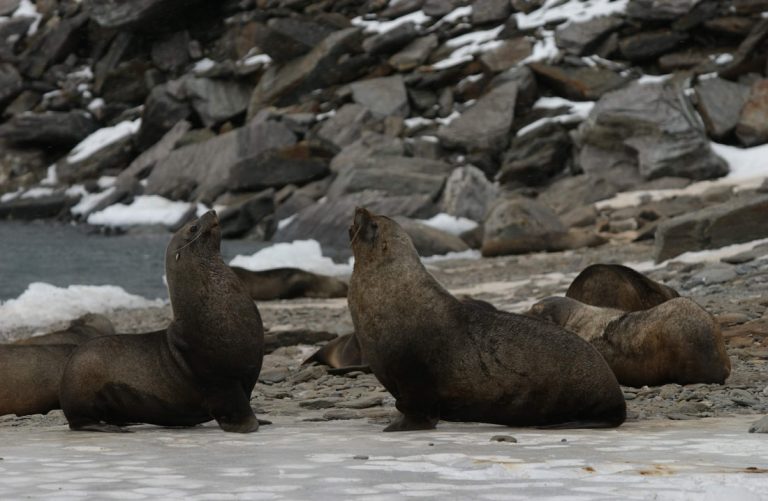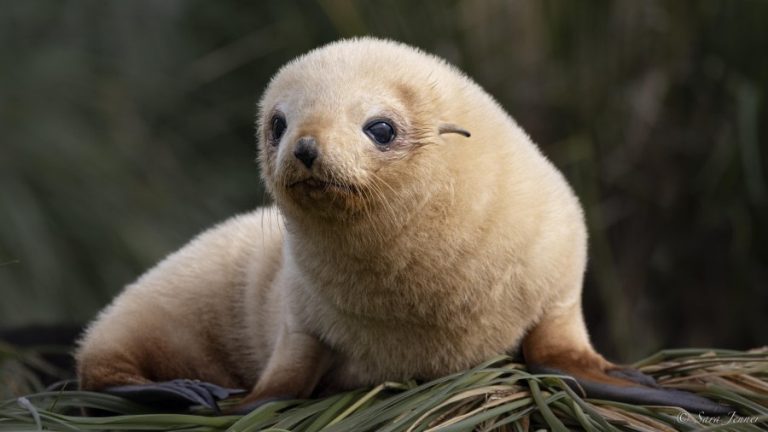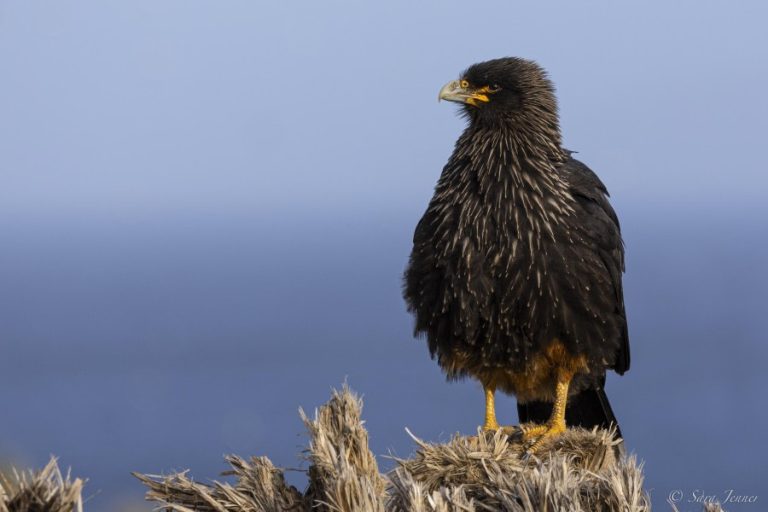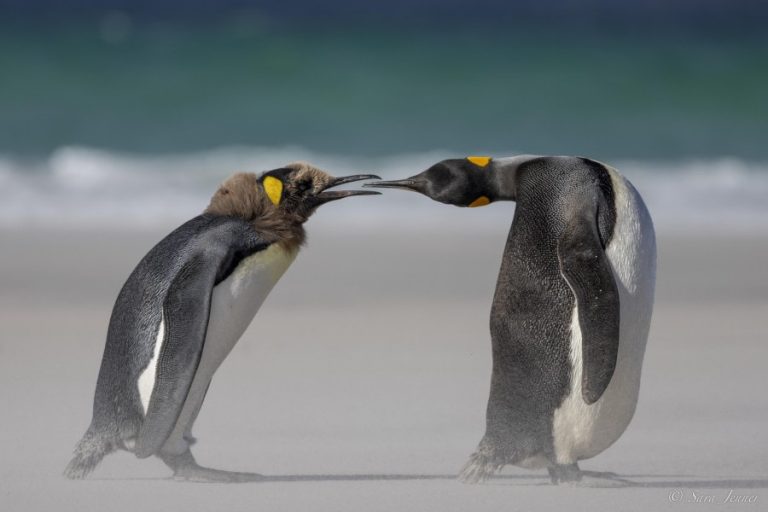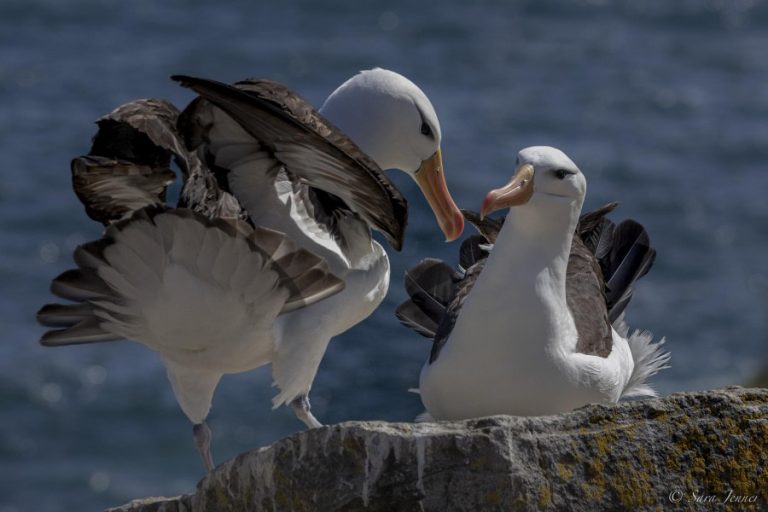Oceanwide: Discovering the South Orkney Islands
First discovered in 1821 by sealers George Powell (British) and Nathaniel Palmer (American), the South Orkney Islands are among the most remote and captivating regions of the Antarctic continent. Alongside the South Shetland Islands, their name pays tribute to the northern Orkney Islands of Scotland, in honor of the Scottish sealers who were among the first to navigate these waters.
Located between the Weddell Sea and the South Atlantic Ocean, the South Orkneys are 85% ice-covered, with a dramatic rocky terrain and little vegetation—but rich in atmosphere and allure. Despite the extreme environment, the islands are home to two major research stations: Orcadas Station, operated by Argentina, and the British Signy Station, reflecting the international scientific interest in this harsh yet scientifically significant area. Access to the islands is limited, and although they can be reached during Antarctic cruises, the icy conditions and harsh weather often pose challenges for landings.
itinerary
South Orkney Islands (3)
A journey to the South Orkney Islands is usually part of a broader expedition itinerary extending to the Antarctic Peninsula, often including the Falkland Islands and South Georgia. Along the way, travelers may witness an incredible variety of marine wildlife, including whales, seals, penguins, and seabirds that thrive in these untouched environments. Stopping at the South Orkneys is a rare opportunity to observe the raw beauty and wild nature of these lesser-known polar landscapes.
One of Oceanwide Expeditions’ standout itineraries in this remote region is the Falkland Islands, South Georgia & Antarctic Peninsula cruise. This voyage is crafted for those seeking full immersion in some of the planet’s most dramatic, wildlife-rich territories. The route includes a visit to the South Orkney Islands, offering the chance to spot the impressive marine life inhabiting these southern seas. The journey begins in Puerto Madryn, Argentina, crossing the Golfo Nuevo, where southern right whales are frequently seen. It then continues toward the Falkland Islands, a historic archipelago that was the site of the 1982 conflict between the UK and Argentina. These islands are a haven for seabirds, dolphins, and penguin species such as Magellanic, Gentoo, and King penguins.
King Penguins, Fortuna Bay, South Georgia, November Martin van Lokven-Oceanwide Expeditions (5)
Falklands, South Georgia, Ant Peninsula Fotografie Dietmar Denger-Oceanwide Expeditions134.jpg
One of the highlights of the expedition is South Georgia, world-renowned for its staggering biodiversity. The island’s shores host the three largest King penguin colonies on Earth, as well as massive populations of southern elephant seals and Antarctic fur seals. Landings at places like Salisbury Plain, St. Andrews Bay, and Gold Harbour provide once-in-a-lifetime opportunities to witness these animals during their active breeding seasons. At Grytviken, a former whaling station, travelers can explore local history, visit the museum, and pay homage at the grave of legendary explorer Ernest Shackleton.
Weather and ice conditions permitting, visitors to the South Orkney Islands may land at Orcadas Base, the Argentine scientific station, set against a backdrop of stunning glacial scenery. If conditions prevent landing there, the ship may instead stop at Signy Island, where the British research base offers panoramic views of surrounding ice fields and rocky cliffs.
The expedition then heads south to the Antarctic Peninsula, a place of surreal beauty where towering tabular icebergs, pods of whales, and dramatic fjords await. If the ice permits, landings may include Paulet Island, home to a large Adélie penguin colony, or Brown Bluff, where travelers have the chance to step foot on the Antarctic continent itself.
Orcadas Base
South Orkney Islands (1)
Depending on sea ice conditions, the vessel may continue into the Weddell Sea or follow an alternative route to the South Shetland Islands, including Deception Island. Here, a volcanic caldera forms a natural harbor, where visitors can explore the remnants of an old whaling station and cross Neptune’s Bellows, a narrow passage framed by steep volcanic cliffs. The island is also home to Cámara Station, an Argentine research outpost set in a surreal, almost otherworldly landscape.
This cruise is particularly suited to photographers and wildlife enthusiasts, offering the chance to capture images of at least six penguin species, colonies of Antarctic fur seals, elephant seals, and various whale and dolphin species. The ever-changing scenery—glaciers, jagged peaks, and churning seas—creates the perfect canvas for unforgettable photography. Long, active days are structured to provide ideal lighting conditions for capturing the Antarctic’s haunting beauty.
Wildlife Sara Jenner – Oceanwide Expeditions
Wildlife Sara Jenner – Oceanwide Expeditions
Wildlife Sara Jenner – Oceanwide Expeditions
Wildlife Sara Jenner – Oceanwide Expeditions
Onboard, guests are supported by a professional team that includes wildlife experts, expedition guides, zodiac drivers, and photographers. During sea days, passengers can attend photo workshops, editing sessions, and educational lectures covering local fauna, geography, and polar history.
A voyage to this remote part of the world is more than just a physical adventure—it’s a journey into the heart of Earth’s last great wilderness. From the rich biodiversity of the Falklands and South Georgia to the towering ice of the Antarctic Peninsula, every stop offers something unforgettable. Whether observing the majestic wildlife, stepping into the past at historic research bases, or capturing the magic of the polar light through a camera lens, this expedition represents a rare opportunity to connect with one of the most pristine and awe-inspiring environments on the planet.
Stay updated with Oceanwide Expeditions on Cruising Journal for the latest news, photos, videos, and special cruise offers.

